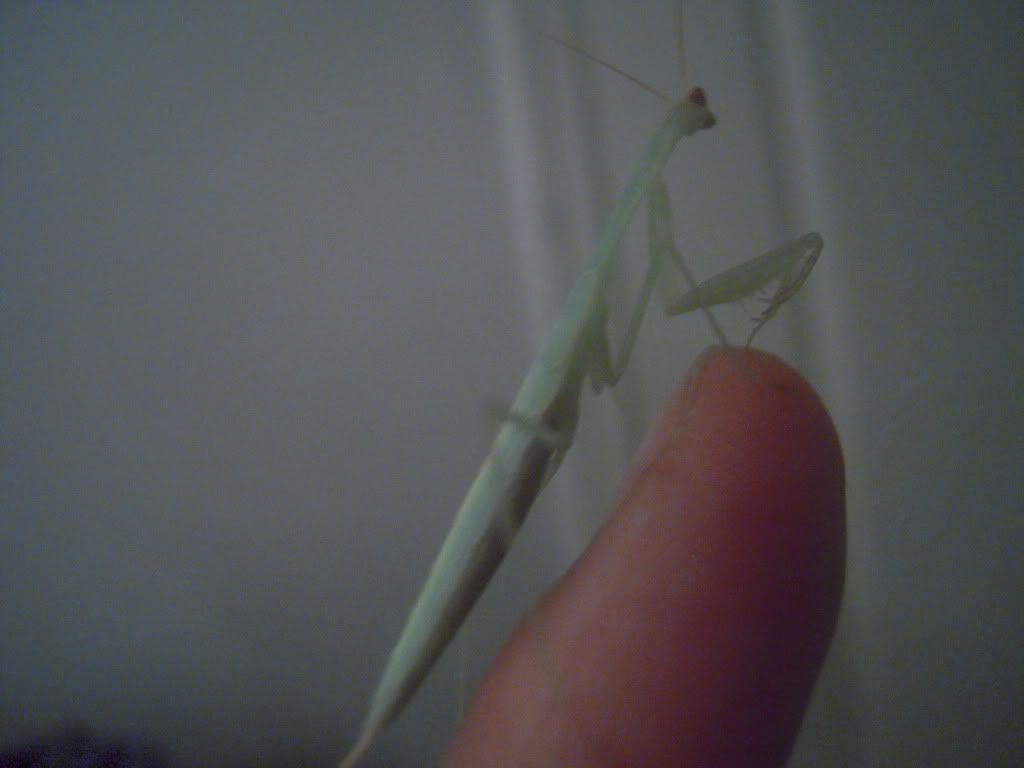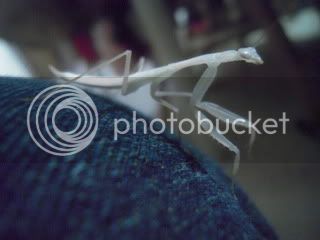Ricardo
Well-known member
So I want to breed clover and godfrey, two egyptian mios ( miomantis paykullii )but I understand that I need to slow down the male.
I feed them both small crickets, and I'm just wondering how frequently to feed them and how much.


clover

I feed them both small crickets, and I'm just wondering how frequently to feed them and how much.


clover


































